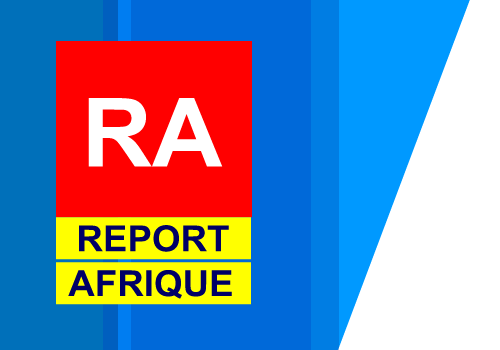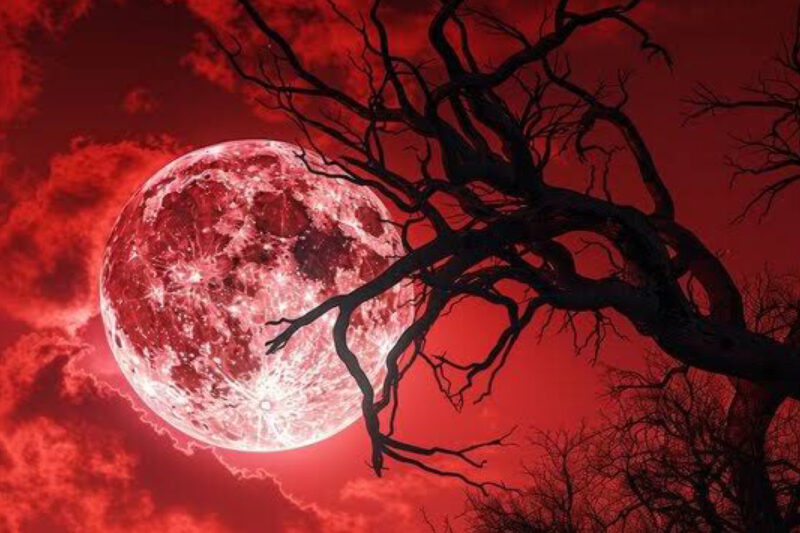Nigeria Set to Experience First Astronomical Lunar Crescent on February 28, 2025
The National Space Research and Development Agency (NASRDA) has announced that Nigeria is expected to witness its first astronomical lunar crescent on February 28, 2025. Dr. Felix Ale, the agency’s Director of Media and Corporate Communications, shared this information in a recent statement.
According to the calculations, the lunar crescent is predicted to occur at 1:45 A.M. West African Time, a moment referred to as the Crescent Zero Hour. At this time, the crescent will be visible under ideal atmospheric conditions, particularly with the assistance of optical instruments like binoculars or telescopes.
Dr. Ale mentioned that, for those looking to observe the crescent with the naked eye, it will appear during the evening hours between 6:17 PM and 7:35 PM in various locations throughout Nigeria. Maiduguri will be the first city to catch a glimpse of the young lunar crescent from 6:17 PM to 6:48 PM, followed closely by Yola in Adamawa State from 6:21 PM to 6:51 PM.
Other cities will follow in succession, including Damaturu in Yobe from 6:22 PM to 6:53 PM, and Kano, Katsina, Jos, and Kaduna, where observers can expect to see the crescent between 6:38 PM and 7:12 PM. Enugu will have visibility from 6:42 PM to 7:32 PM, while in the Federal Capital Territory (FCT), the crescent is anticipated to be seen between 6:44 PM and 7:15 PM.
The last cities to witness the lunar crescent will be Lagos and Abeokuta, expected to see it between 6:59 PM and 7:30 PM. Dr. Ale noted that other areas of the country would also experience the lunar crescent at different times during the predicted visibility window of 6:17 PM to 7:35 PM.
For optimal viewing of the first lunar crescent, spectators are advised to utilize optical aids when necessary and to find locations with an unobstructed view of the western horizon following sunset. He emphasized the significance of accurate predictions provided by the scientific report, which serves those interested in lunar observations for religious, cultural, and scientific purposes.
Dr. Bonaventure Okere, Director at the Centre for Basic Space Science and Astronomy (CBSSA), part of NASRDA, explained that the appearance of the new crescent represents the first stage of the moon. He highlighted its importance in the Islamic faith, as it is utilized to determine key dates for religious practices such as the commencement of the Ramadan fast.
“The Islamic community relies on the phases of the moon for various rites, while astronomers analyze its cycles to calculate lunar days, typically spanning 28 days,” Dr. Okere noted. He also remarked on how this lunar cycle aids in generating lunar calendars and enhancing understanding of the visible portions of the moon each day.
NASRDA encourages researchers, scholars, and religious organizations to leverage this data, and anyone seeking further information for analysis can access additional resources on the agency’s official website at www.nasrda.gov.ng.






![MUST READ: The New Sales Hub For Nigerian Entrepreneurs [HOW TO EARN BIG WITH TIKTOK LIVE] The New Sales Hub for Nigerian Entrepreneurs [HOW TO EARN BIG WITH TIKTOK LIVE]](https://reportafrique.com/wp-content/uploads/2025/01/images-28-1-260x195.jpeg)



Join our Channel...